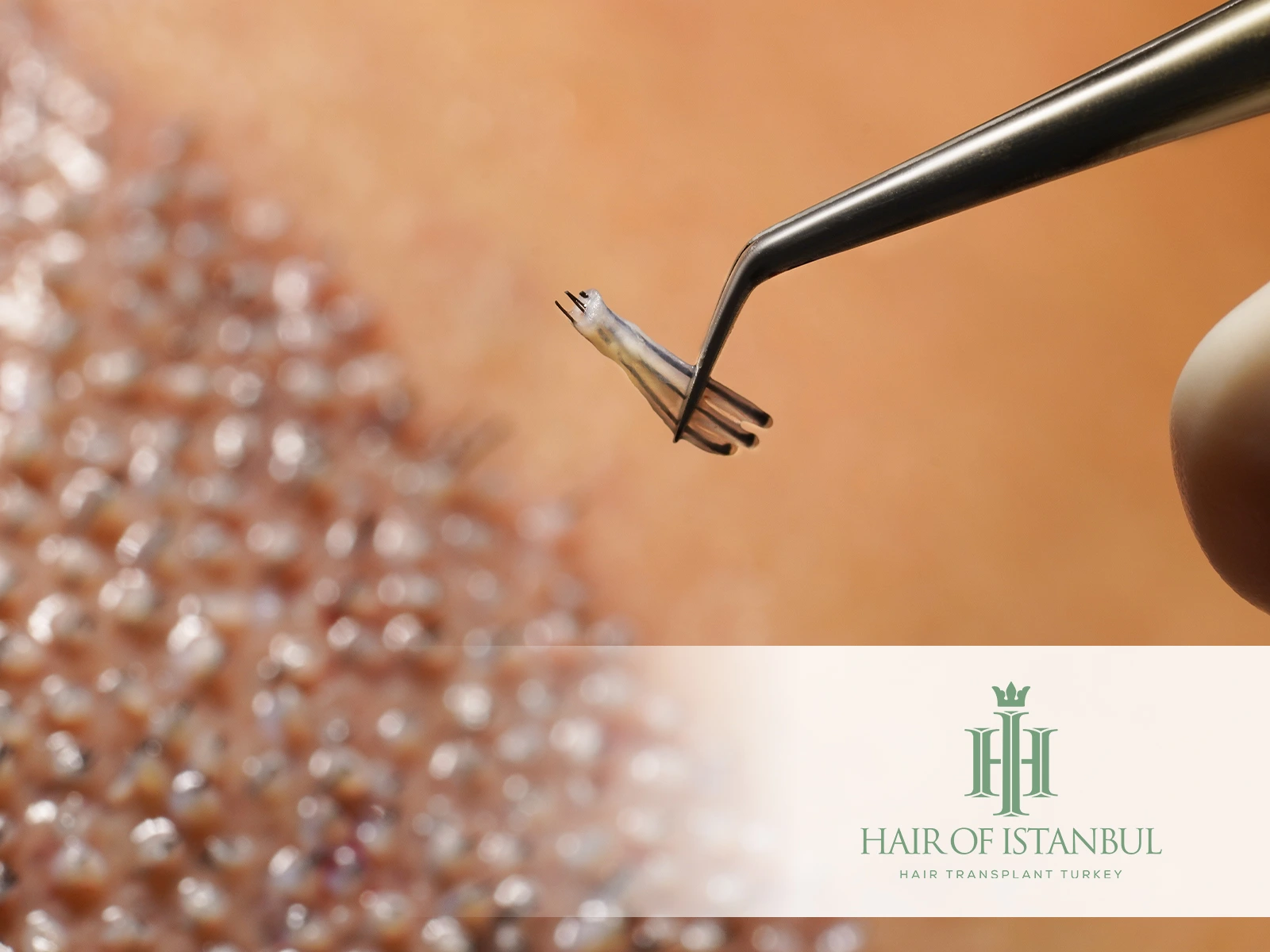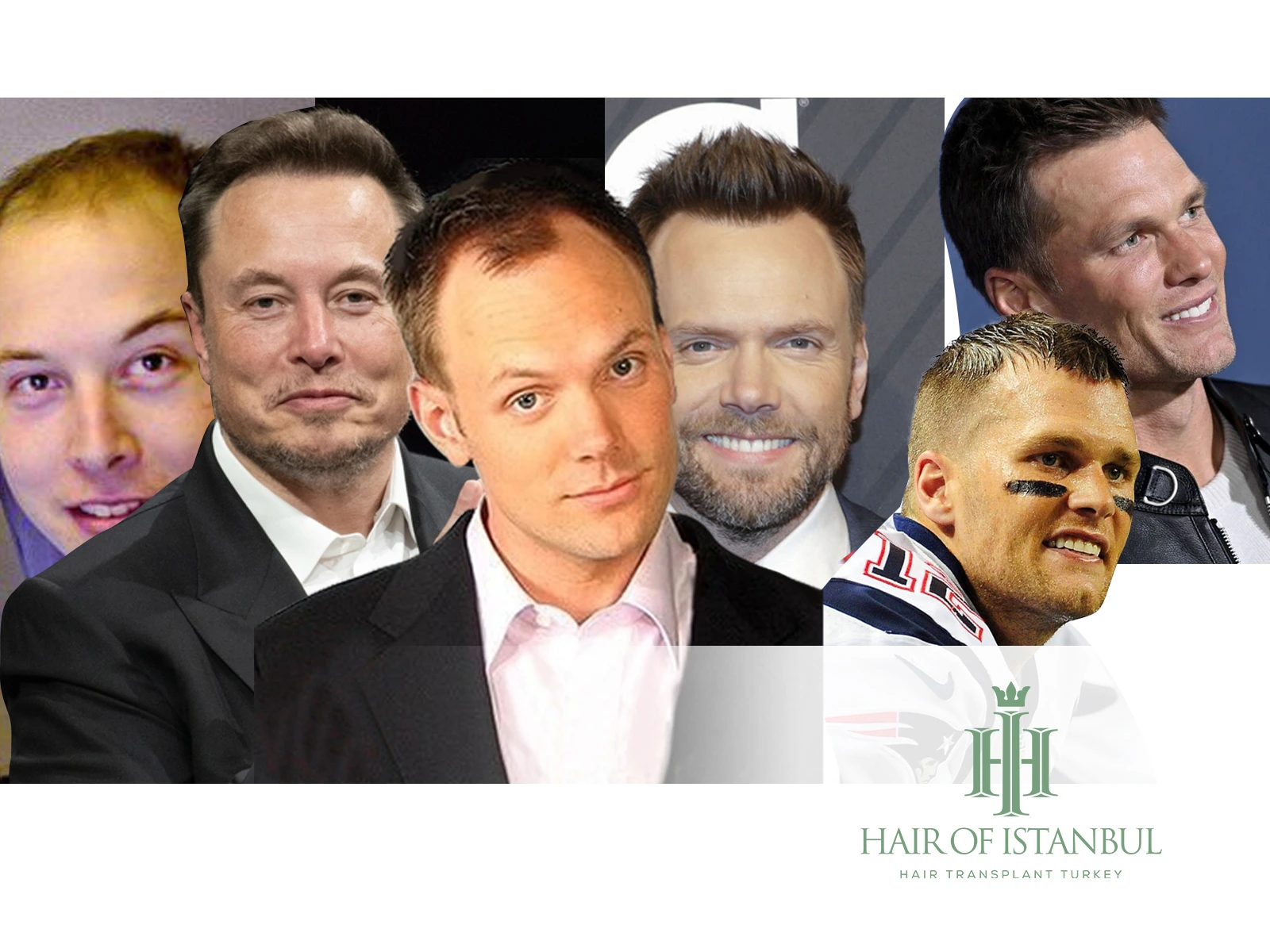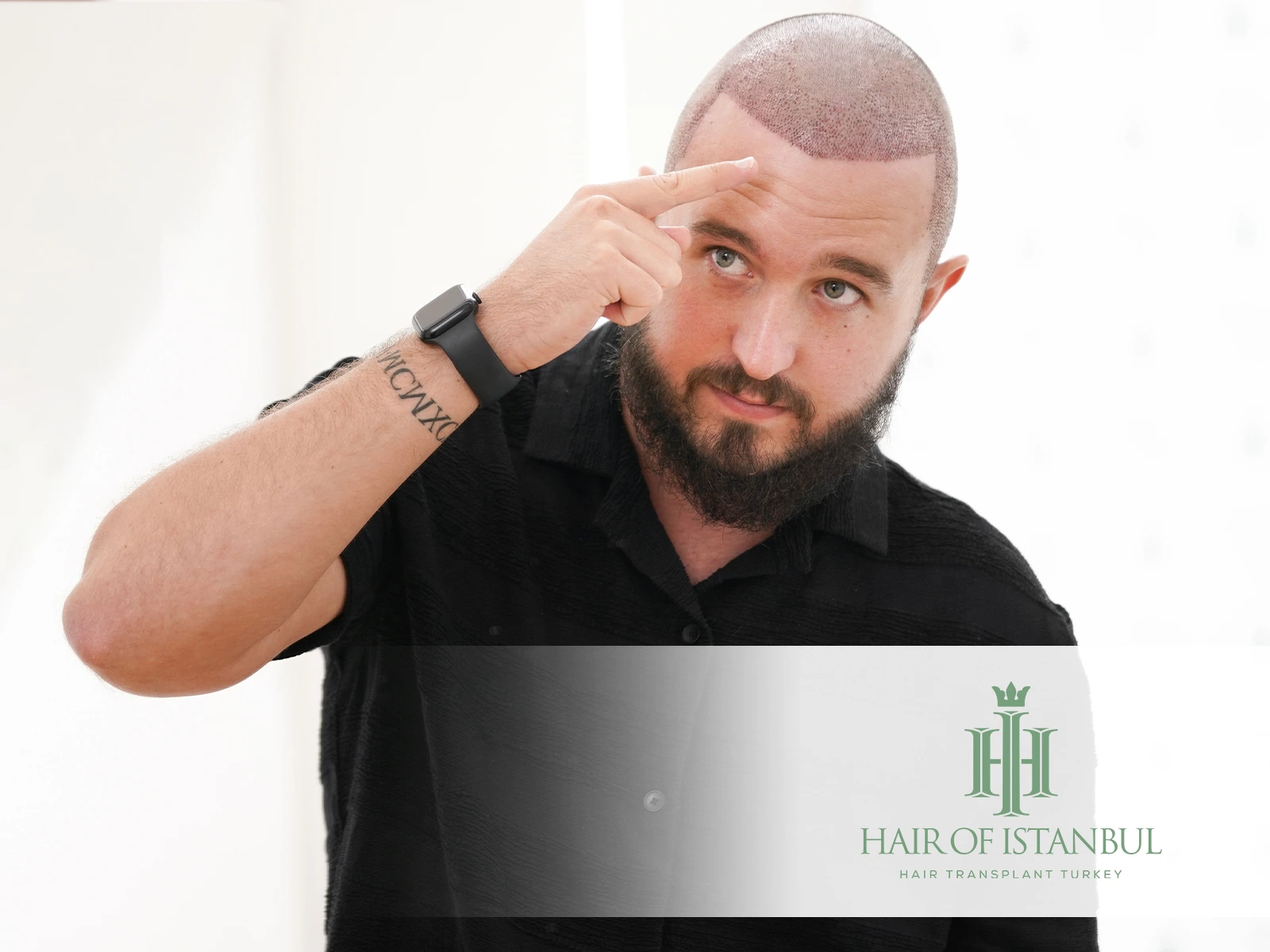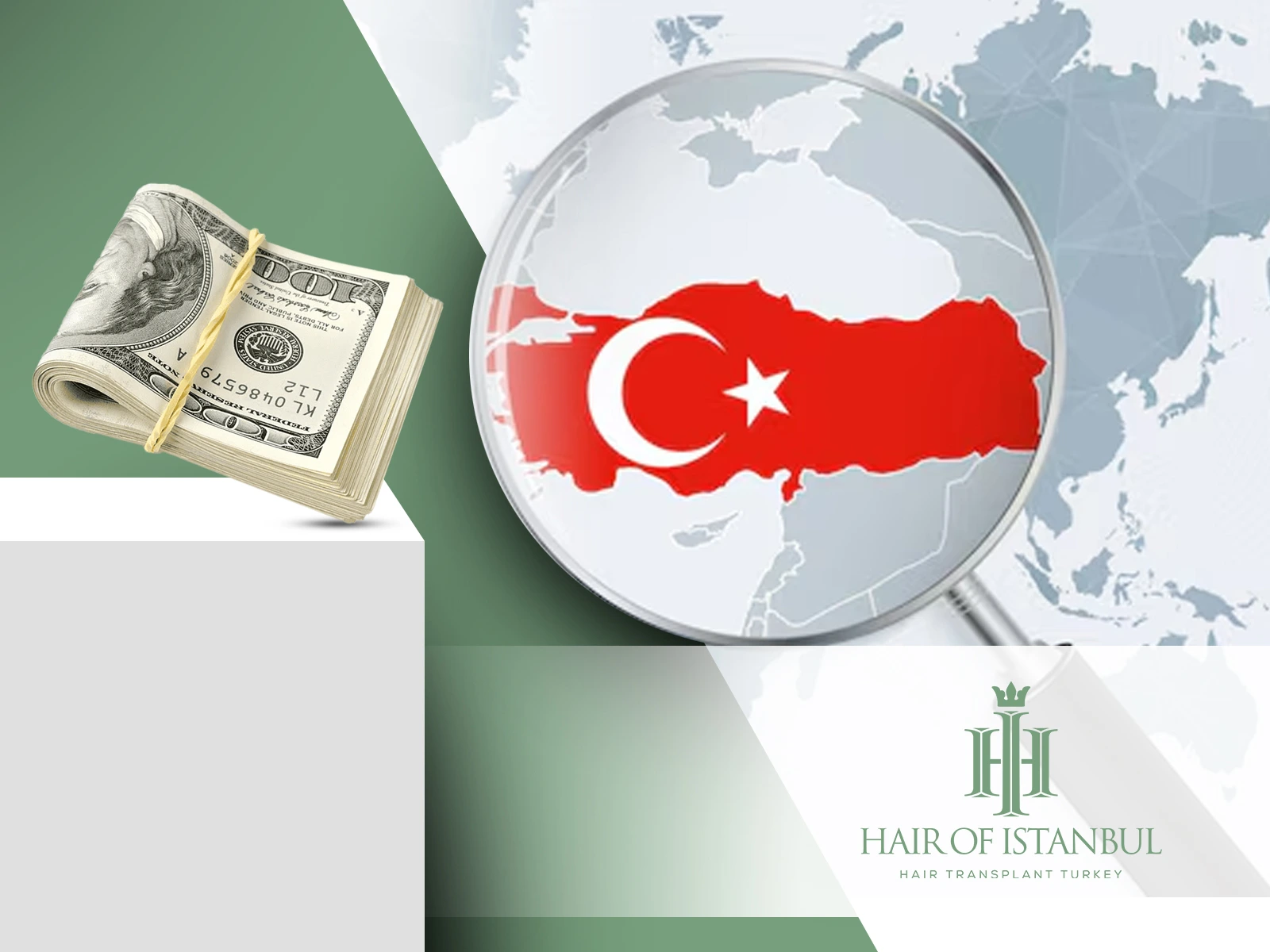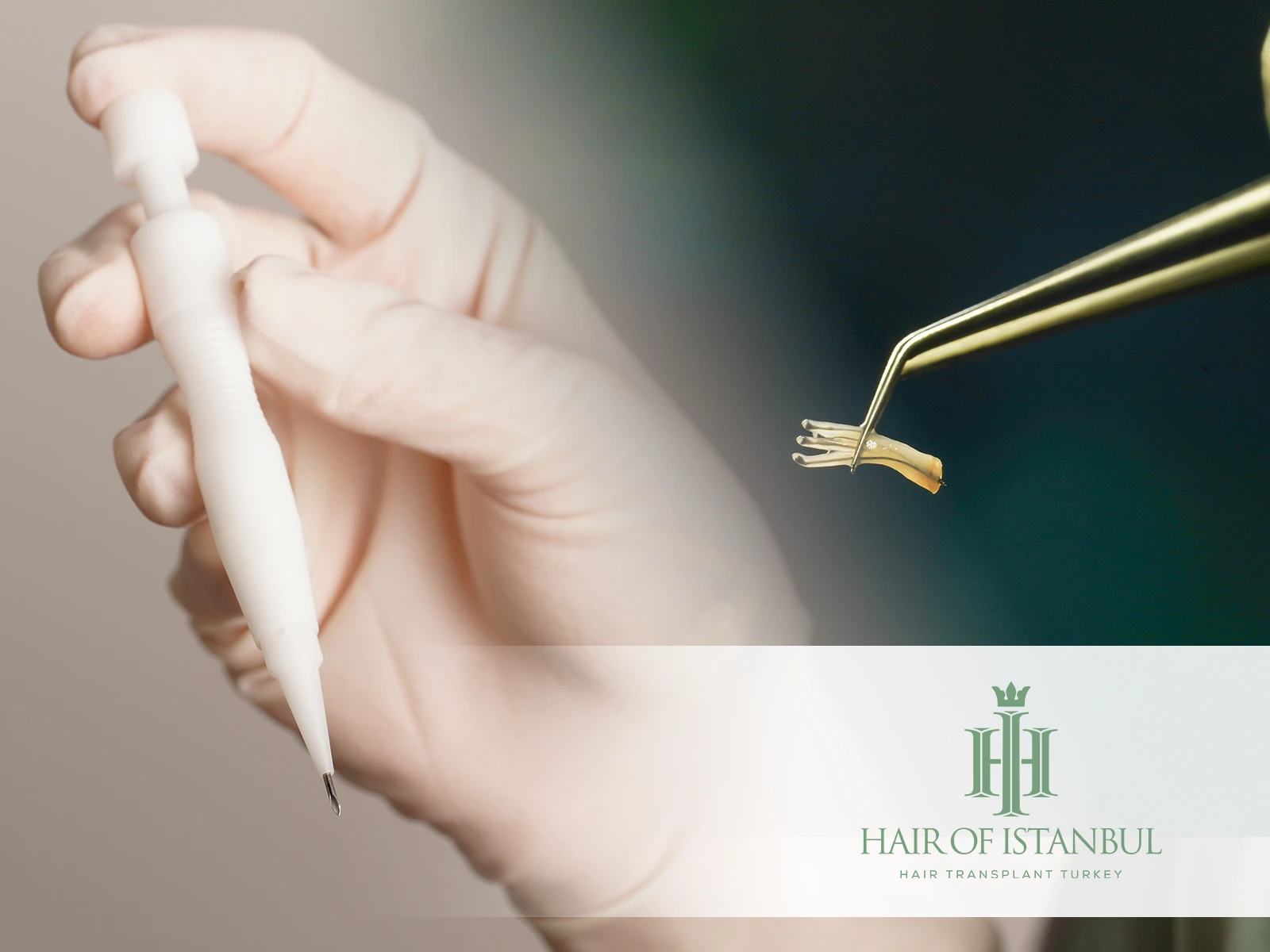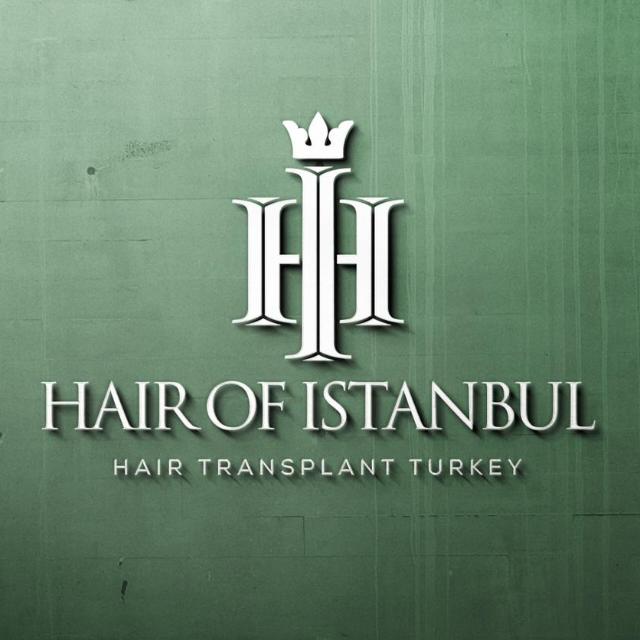When Can You Wear a Hat After a Hair Transplant?
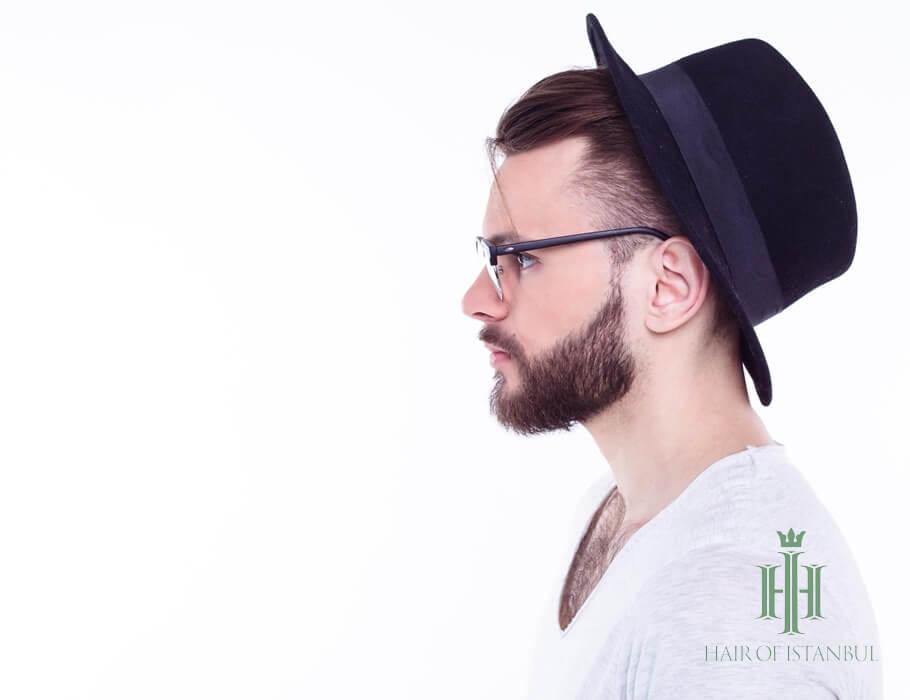
Navigating the recovery period after a hair transplant can be challenging, especially when it comes to headwear. The question of when it’s safe to wear a hat is a common concern for patients eager to protect their newly grafted follicles and feel comfortable in social settings.
This article offers valuable tips and a helpful timeline to guide you through the process, ensuring that you take the necessary precautions and make informed decisions about when and how to wear a hat after your hair transplant procedure. By following these guidelines, you can promote optimal healing and achieve the best possible results from your hair restoration journey.
Why Can’t I Wear A Hat After A Hair Transplant?
Wearing a hat immediately after a hair transplant can be harmful to your healing process. The newly transplanted grafts are delicate and need time to properly settle into the scalp. Pressure from a hat can dislodge or damage these sensitive grafts, hindering your recovery. It’s essential to prioritize the long-term success of your transplant over temporary style or comfort.[1]
In addition, your scalp requires proper ventilation and airflow during the crucial first days after surgery. Hats can trap heat and moisture, creating an environment that’s less conducive to healing. This may increase the risk of infection or other complications.
Moreover, if you’re experiencing post-operative swelling—which is common after a hair transplant—the pressure from a hat can exacerbate discomfort or prolong the swelling. It’s best to let your scalp recover naturally during this stage without external compression.
How Can I Hide My Head After a Hair Transplant?
Concealing your scalp after a hair transplant can be done in several ways without compromising the healing process. It’s important to let your scalp breathe and avoid causing damage to the newly transplanted grafts. Here are a few methods to discreetly cover your head during recovery:[2]
| Tips | Description | |
| Loose-fitting accessories like a bandana or scarf can be a stylish and safe option. | Gently drape the fabric over your head, ensuring it doesn’t put pressure on the grafts. This allows for airflow while hiding the transplant area. | |
| Opting for a wide-brimmed hat can also provide some coverage. | Make sure the hat is not too tight and sits lightly on your head. Wait until your doctor gives the green light, usually around 7 to 10 days post-surgery, before trying this method. | |
| You may be able to camouflage the transplant area using your existing hair. | Ask your stylist for tips on arranging your hair to discreetly cover the healing area. |
* Remember, always follow your doctor’s advice and prioritize your recovery over temporary concealment.
It’s also important to consider the emotional comfort that comes from concealing the transplant area. Many patients feel more at ease and confident in public when they’re able to discreetly cover their scalp during the healing process.
Using stylish but safe headwear can help maintain your privacy and reduce self-consciousness in social situations.
Also Read: My Hair Feels Like Straw and Is Falling Out: Proven Best Fixes!
Why Should I Cover My Head After A Hair Transplant?
Covering your head after a hair transplant can be beneficial for several reasons, primarily related to protecting your sensitive scalp during the healing process. The newly transplanted grafts are delicate, and they require an optimal environment for recovery.
How to Cover Head After Hair Transplant?
There are several reasons why covering your head after a hair transplant is important, ranging from protection against sun damage to maintaining cleanliness. Here’s a brief overview of these reasons and how to address them. For more detailed information, please refer to the table below:
| Reason for Covering | Description | |
| Sun Protection: | Wear a wide-brimmed hat, bandana, or scarf to shield from UV rays; avoid direct sunlight during peak hours | |
| Cleanliness: | Use a clean, loose-fitting accessory like a scarf or bandana to keep dust and debris away from the grafts | |
| Privacy & Comfort: | Choose a stylish bandana, scarf, or wide-brimmed hat to feel more at ease in social situations; prioritize comfort |
* Please remember to consult your doctor for guidelines on safely covering your head during the recovery process.
Also Read: My Hair Is So Thin, I Can See My Scalp! Is Something Wrong?
What Kind of Hat Is Best After Hair Transplant?
Choosing the right hat after a hair transplant is essential for ensuring proper healing and comfort. The ideal hat should be loose-fitting, provide good ventilation, and offer sun protection. Here are some suitable hat options and their recommended usage timelines:
| Type of Hats | Usage | Timeline |
| Wide-brimmed hat: | These hats offer ample sun protection and sit lightly on your head. Make sure the hat doesn’t put pressure on the grafts and allows for sufficient airflow. | 7-10 days post-surgery |
| Soft, loose beanie: | Ideal for cold weather. Ensure it is made from a breathable material like cotton, sits loosely on the head, and doesn’t cause friction on the grafts. | 7-10 days post-surgery |
| Adjustable baseball cap: | A baseball cap with an adjustable strap can be a stylish option. Ensure the cap is not too tight and avoid direct contact between the cap and grafts. | 10-14 days post-surgery |
Common Mistakes to Avoid
| Wearing a hat too soon: | One of the most common mistakes is wearing a hat immediately after a hair transplant. It’s crucial to wait for the advised period, usually 7-10 days or longer, to avoid damaging the grafts and hindering the healing process. | |
| Choosing tight or restrictive headwear: | Tight hats can cause unnecessary pressure on the grafts and lead to discomfort. Opt for adjustable, loose-fitting hats that allow for proper circulation and don’t rub against the scalp. | |
| Ignoring sun protection: | Even when wearing a hat, it’s essential to protect the scalp from harmful UV rays. Consider choosing a wide-brimmed hat or applying doctor-recommended sunscreen to exposed areas. | |
| Neglecting hygiene: | Ensuring your hats are clean and sanitized is vital to prevent infections. Wash your hats regularly and avoid sharing them with others during the healing period. | |
| Not recognizing signs of infection caused by hats. | Wearing unclean or synthetic hats that don’t allow for airflow may increase the risk of bacterial growth. Watch for warning signs like unusual redness, swelling, warmth, or discharge around the graft area. |
Also Read: Jamie Foxx Hair Transplant: A Hairline Transformation to Inspire
FAQ
Does weather affect hat choice after a hair transplant?
Yes. In hot or humid climates, hats made of breathable materials like cotton or bamboo help prevent sweat buildup that could irritate healing grafts.
In colder environments, soft, loose-fitting beanies offer warmth without constricting the scalp. Choose your headwear based on the season and local weather.
Is the hat-wearing timeline different for FUE and FUT hair transplants?
Yes. FUE patients generally experience less post-operative trauma and may be able to wear loose-fitting hats after 7–10 days.
However, FUT involves a linear incision, and patients may need to wait longer due to the presence of stitches and increased sensitivity in the donor area.
Can sweating under a hat harm grafts?
Yes. Excess sweat can loosen scabs and irritate the transplant area, potentially interfering with graft survival. If sweating is expected, avoid hats or opt for ones that wick moisture and allow airflow.
Can I wear a hat while exercising after a hair transplant?
Physical activity causes increased heat and perspiration, which can affect healing. Avoid wearing hats during workouts for at least the first two weeks. After this period, consult your doctor before using breathable headwear during light exercise.
How many days after hair transplantation can I wear a tight cap?
Wearing a tight cap after a hair transplant is generally not recommended during the initial two weeks of recovery. This period is crucial for graft healing, and tight headwear can cause damage or dislodgement. After the first 14 days, it’s best to consult your doctor before wearing a tight cap to ensure your scalp has adequately healed and can handle the pressure.
When can I wear a hat normally after hair transplant?
Wearing a hat normally after a hair transplant is not advised during the first 7-10 days of recovery to protect the fragile grafts. After this initial period, you can consider wearing a hat based on its type, but always consult your doctor first to ensure it’s appropriate for your specific situation and healing progress.
Is it okay to wear a beanie after a hair transplant?
Wearing a beanie after a hair transplant can be suitable if certain conditions are met. Opt for a cotton, breathable, and non-tight beanie, which can typically be worn safely after the initial 7-10 day healing period.
When can I wear a baseball hat after FUE?
After a FUE procedure, wearing a baseball hat may become suitable around 14 days post-surgery, provided your recovery is progressing smoothly. Make sure the hat has an adjustable strap and is worn loosely to prevent pressure on the grafts. However, it’s generally best to wait 2-3 weeks and consult with your doctor before wearing a baseball hat to ensure it won’t compromise the healing process.
Can you wear a new era hat 7 days after hair transplant?
A New Era hat, which is a type of baseball hat, should follow the same guidelines as other baseball hats after a hair transplant. Wearing this hat just 7-10 days post-surgery is generally not recommended.
Can wearing a hat too soon after a hair transplant affect the overall results and hair growth?
Yes, wearing a hat too soon after a hair transplant can negatively impact the overall results and hair growth. Putting on a hat too early can cause pressure on the grafts, potentially dislodging or damaging them. This may lead to a less successful transplant and compromised hair growth.[3]
Are there any hat materials to avoid after a hair transplant to prevent irritation or allergies?
When selecting a hat to wear after a hair transplant, it’s essential to choose materials that minimize irritation and the risk of allergies. Avoid synthetic materials such as polyester, acrylic, or nylon, which can cause discomfort or allergic reactions. Instead, opt for natural, breathable fabrics like cotton, bamboo, or linen that allow for proper air circulation and minimize friction on the scalp. It’s also a good idea to choose a hat with a smooth inner lining to reduce the risk of irritation during the healing process.
Can I wear a bucket hat after a hair transplant?
A bucket hat may be worn after a hair transplant once the initial healing period has passed—typically around 14 to 21 days post-surgery.
Make sure the hat is soft, breathable, and doesn’t place any pressure on the grafted area. Its wide brim can provide sun protection, but always confirm with your surgeon before wearing any headgear.
Also Read: Understanding Average Forehead Size: Ideal Sizes by Gender!
CONCLUSION
At Hair of Istanbul, we are proud to be a renowned clinic with locations in Turkey and Dubai, serving patients from all over the world with our expert opinions and vast experience in hair restoration. The information and tips provided in this guide are based on our expertise, and we have developed guidelines and timelines to ensure a smooth recovery and optimal results for our patients. By following these guidelines, you can confidently wear a hat post-procedure and achieve your hair restoration goals.

Trust in our expertise to guide you on your hair restoration journey, as countless individuals have already experienced the life-changing benefits of our world-class services. Schedule a consultation with Hair of Istanbul today to take the first step towards restoring your hair and confidence.
References:
- [1] Grace Gallagher & Knox Beasley, MD, Jul 11, 2024 – Can You Wear a Hat After a Hair Transplant? What You Need to Know – https://www.hims.com/blog/hat-after-hair-transplant
- [2] Reddit, 2024 – How long do you have to wait before you can wear a hat? – https://www.reddit.com/r/HairTransplants/comments/17x6jsq/how_long_do_you_have_to_wait_before_you_can_wear/
- [3] Spgello, Nov 20, 2013 – Will wearing a hat to work after hair transplant effect growth later on? – https://www.realself.com/question/wearing-hat-work-after-hair-transplant-effect-growth



